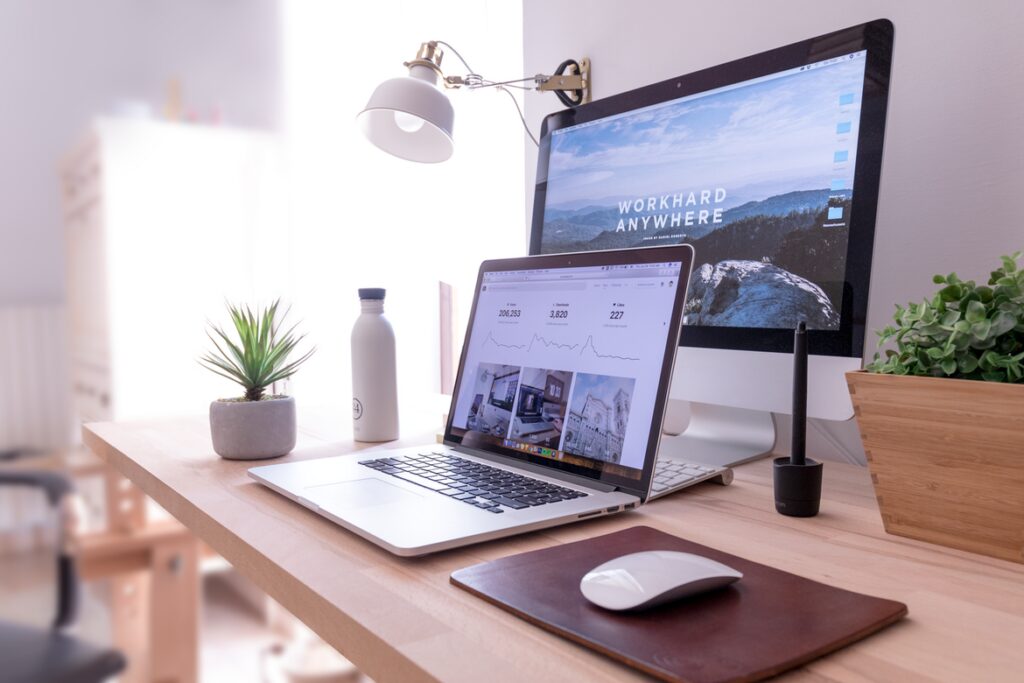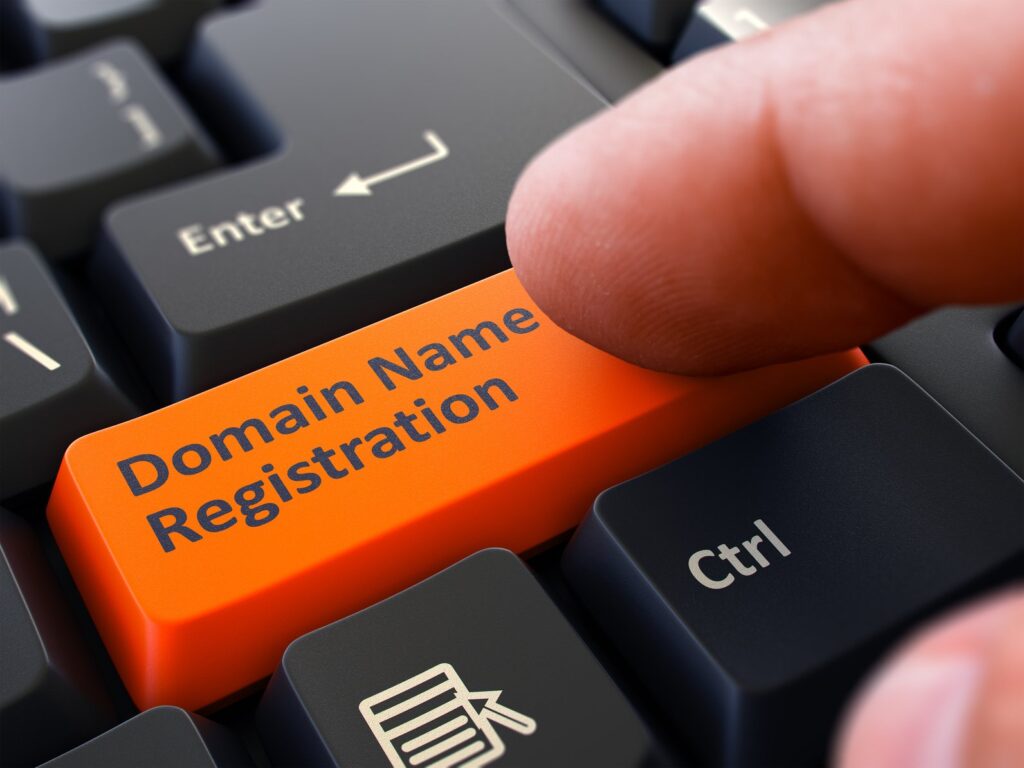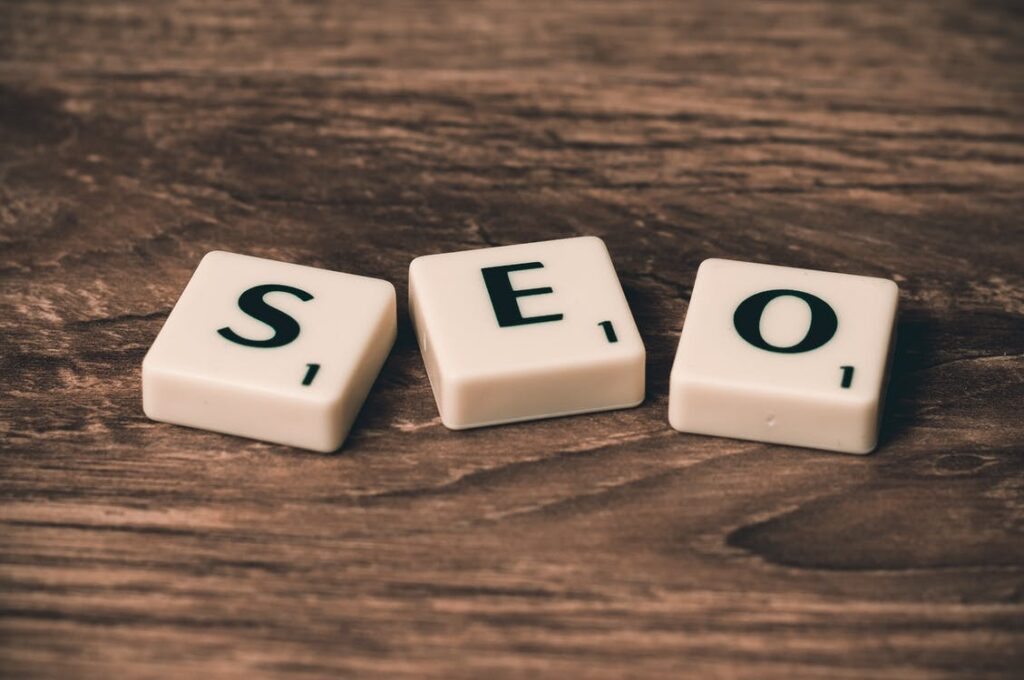
Everyone can benefit from their own website these days, and that’s true even if you don’t run a business. A website can give you the chance to share opinions, creative projects, and build your personal brand. This can be entirely for personal enjoyment or it can be a way to boost your career.
But what do you need to know about web design to build a great website? The reality is that you don’t need any experience at all! Today, you can use a website builder like Wix to have a website up and running in no time at all. Read more here to get the overview guide to the world of web design. With a wide range of themes to choose from and the ability to customize them, you can have a unique website that expresses your personality.
Technically, you can have a brand new website up and running within an hour. All you need to do is choose a theme and click create on the website builder. However, though this is a crucial start, there’s obviously more to what makes a great website, and we’re going to discuss how to create a complete, fully developed website, with content, in less than a week.
These are the steps you need to take.

1. Pick a website builder
The very first step is to pick one of the excellent website builders available today. The most popular ones include Wix, SquareSpace, and WordPress. Look through the different functions and features to decide which one suits you. Check out reviews and, if possible, free previews to get a better understanding of each platform and then pay special attention to their different pricing options. It’s really that easy.
2. Choose a theme
Once you’ve picked a website builder, you will need to choose a theme for your website itself. A theme provides a specific layout for your website which you can choose according to personal aesthetic preference. It also comes with certain functions. For example, if you choose a blog theme, your website will be geared towards posting blogs quickly and easily, and sharing them with the world.

3. Name your website
If you are building a website for a business you already run, your website will have the same name as your business. If not, you can choose a creative name that reflects you. For business purposes, practical names are useful, as they are easier to find online and attract customers who are looking for nothing more than a specific product or service.
4. Buy the domain name
With free plans on your website builder, you will get a domain name that has the name of the web builder as a suffix. This is fine if you are creating a website for your own enjoyment or to share with only a handful of people. However, if you want to be taken seriously, especially in a business sense, you need to pay for the domain name. Then your website’s URL is entirely yours. You can also include the option to use email addresses with your domain name.

Img source: allbusiness.com
5. Write landing page copy
Your landing page is not the same as the homepage on your site. Rather, it is where you send most visitors who click on your link. Here, you need to make it clear what your website is for. The landing page provides this information along with a call-to-action. If you’re running a blog, your landing page can primarily feature your latest articles.
Writing a landing page copy requires a little bit of skill, but you don’t need to overdo it. Simply express what you need to in a concise way. Make sure that everything is grammatically correct and that there are no spelling errors.
6. Upload photos
Your site will need pictures to make it pop. You can take your own personal photos with a good camera (or using expert techniques on the newest smartphone) or you can get stock photos. You can use a free website like Pixabay for stock photos or pay around $10 a month to get photos from professional sites like Shutterstock and DepositPhotos. Upload these photos to your website and pair them with text.

7. Create a contact form
Giving visitors the ability to easily get in touch is important. Create a page with a contact form, as well as any other contact details you’re happy to share. This may include your personalized email address, your social media handles, and even a phone number if you want people to easily reach you.
8. Optimize for SEO
Search engine optimization (SEO) is what allows search engines to find you. SEO techniques help to get your website to the first page on a Google search. Your website builder will walk you through the basics. Then you can learn to include keywords in text, as well as adding descriptions to images and articles.

9. Share with the world
Now your website is ready to share with the world. You can and should continue to work on developing it as time goes by. A good website is always a work in progress, as the internet evolves rapidly. Don’t wait until your website is “perfect” before sharing it, as this is an impossible metric.
And that’s it! Your website should be up and running within a week, without you having to spend hours learning about web design.








